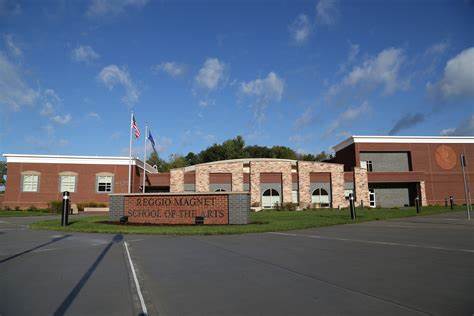This is the VOA Special English Education Report.
Many American students attend public schools called magnet schools. They are called magnet schools because they include students from all areas of a city or community. Students can choose to attend a magnet school instead of the school closest to their home if they meet the requirements.
Magnet schools offer programs designed for students with special abilities or needs. For example, a sixteen-year-old boy has unusual abilities in science and technology. He attends a magnet school that places special importance on these subjects. Another boy, eleven years old, cannot hear. This child attends a magnet school for the deaf.
There have been schools like these in the United States for more than one-hundred years. However, the Performing and Visual Arts School in Houston, Texas probably was the first to call itself a magnet school in the early nineteen-seventies.
At that time, American courts were ordering public schools to end racial separation. The law required public school children to attend schools so that there would be a racial balance. Then came a legal decision about school attendance in Detroit, Michigan. It added a choice. The decision gave students a chance to attend a magnet school.
Today, magnet schools operate throughout the nation. Like traditional public schools, they receive government support. Magnet programs are based on special subjects. They include communications, international studies, the arts, and mathematics and science.
For example, one of America’s best known magnet schools is the Bronx High School of Science in New York City. It began in nineteen-thirty-eight. Its first students were three-hundred young men. Today, about three-thousand male and female students attend Bronx Science, as it is called.
Thousands of students from all areas of New York City take competitive examinations to attend the school. To be chosen, students must show excellence in mathematics and reading and writing skills. Students at Bronx Science must study all the sciences, mathematics, English, world and American history and a foreign language.
Many students at Bronx Science later have become successful scientists, doctors, lawyers and writers.
This VOA Special English Education Report was written by Jerilyn Watson.
